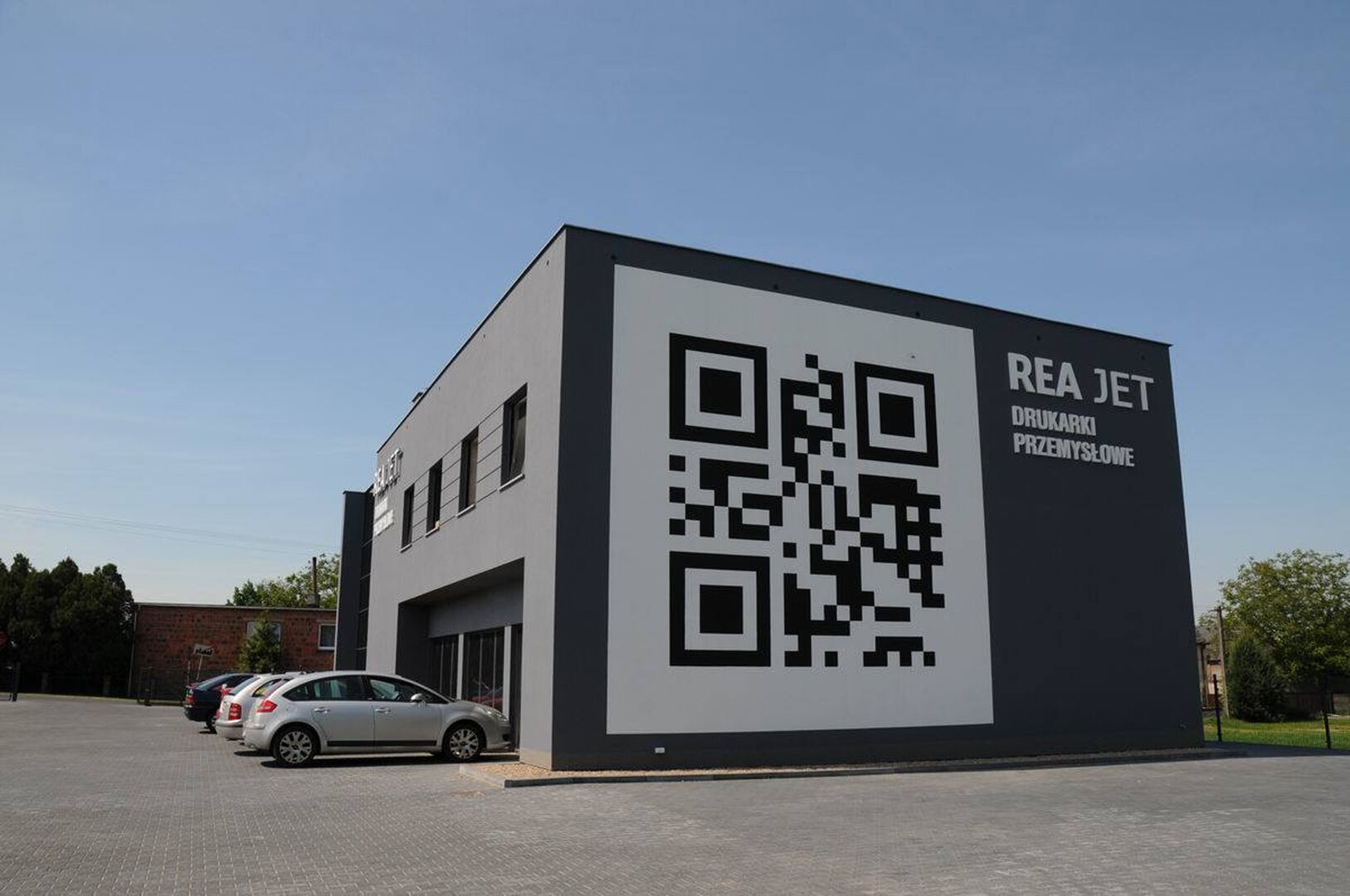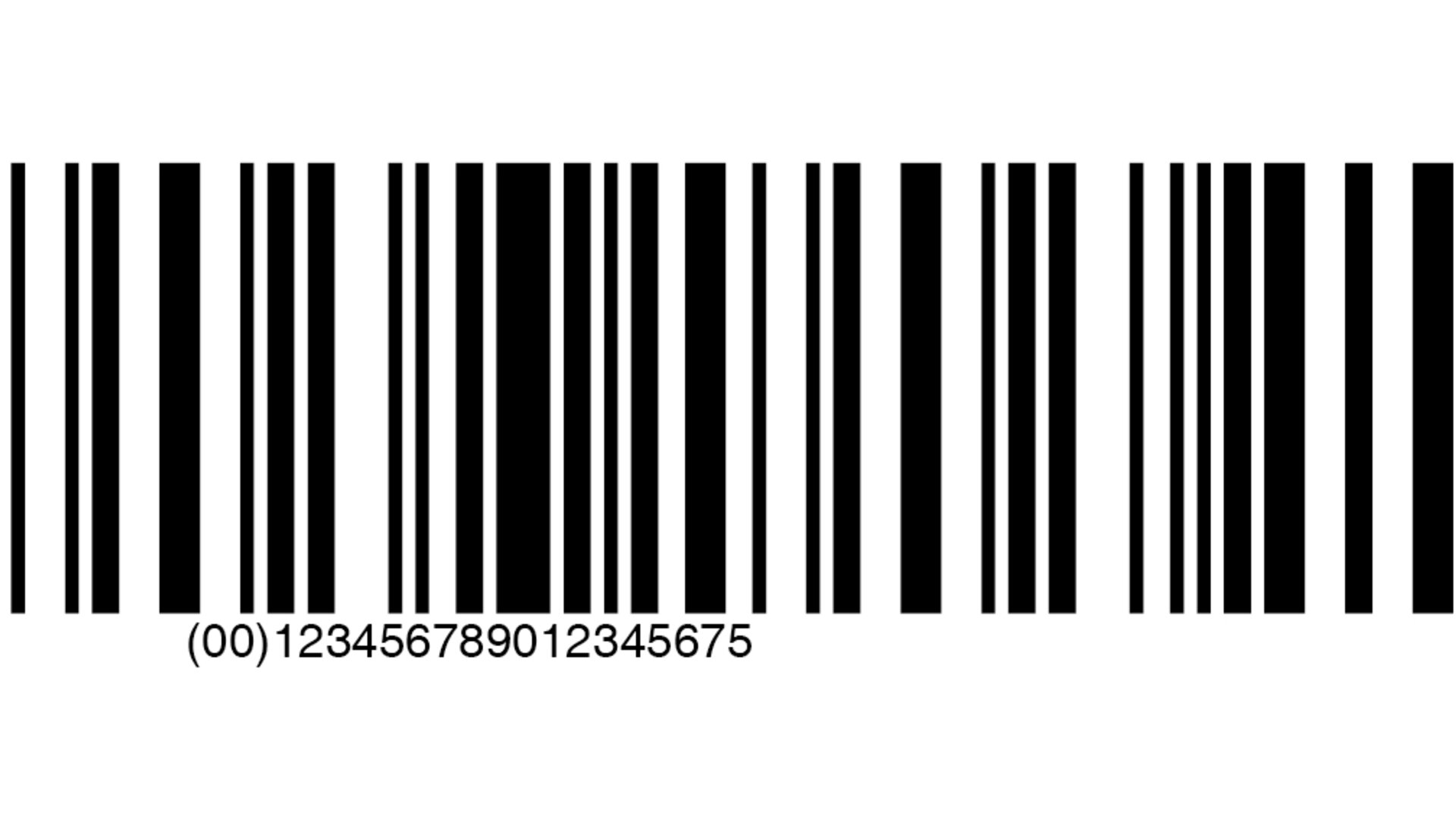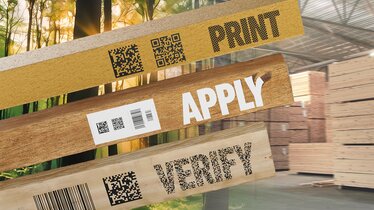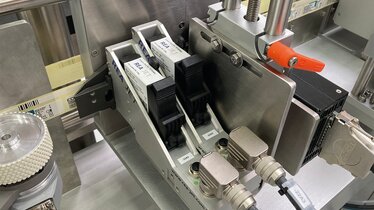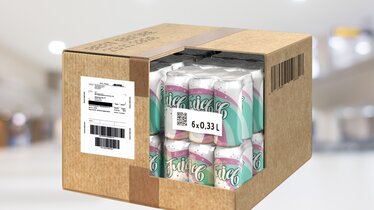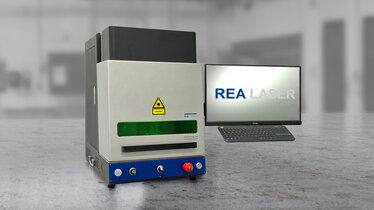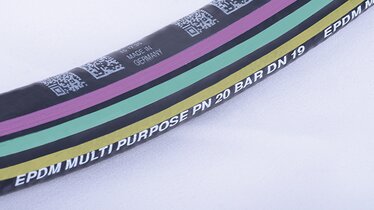2D Codes conquer the packaging industry
A glance at the supermarket shelves shows: Two-dimensional codes are on the rise, with many packages already bearing black and white pixel images.
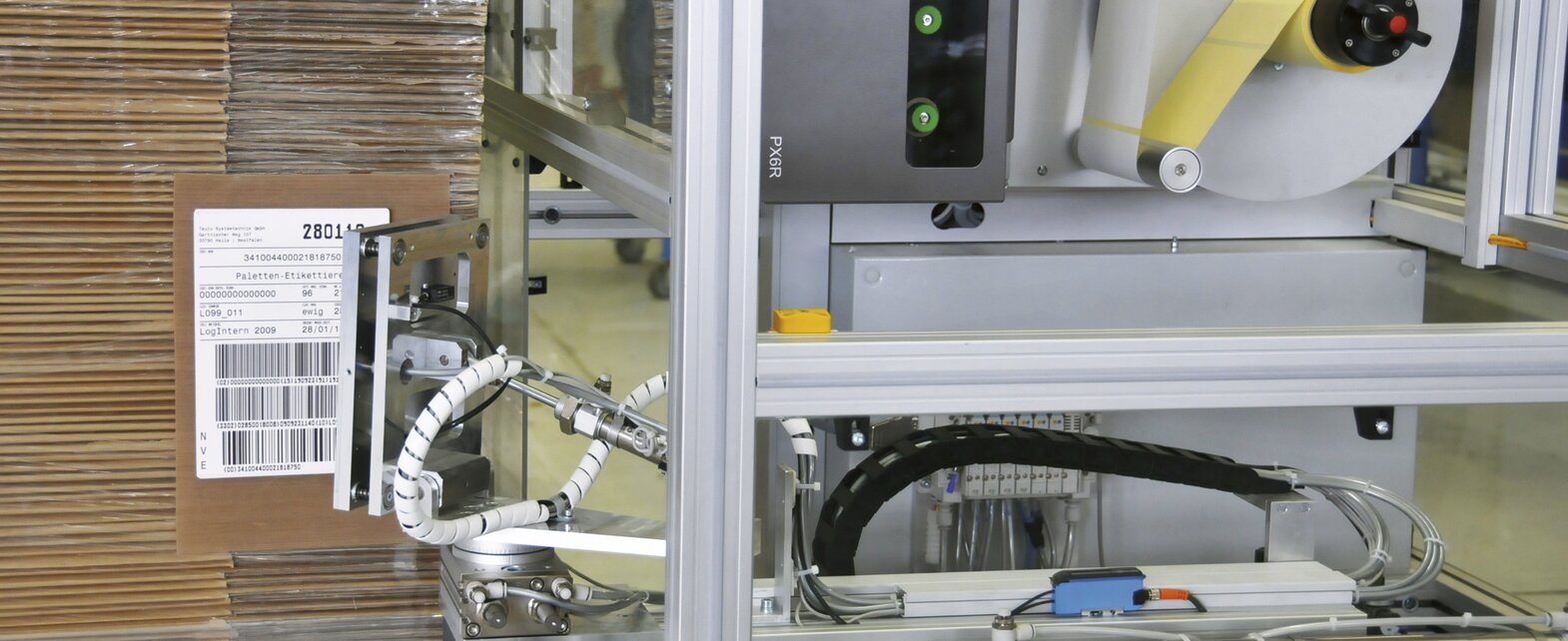
Their importance in industry and intralogistics is growing rapidly, as 2D Codes were designed for fast machine reading, are usually still readable even when damaged due to data redundancy and can encode significantly more information in less space than traditional barcodes. This opens up numerous new areas of application.
More space for advertising and customer loyalty
When it comes to product marking, packaging and marketing experts have to comply with numerous guidelines while also taking corporate design into account. A home game for the 2D Code, which, thanks to its high density, provides all the necessary information in a small space, such as the shelf life of an item, which batch it comes from and where it was produced. In addition, customers and interested parties receive useful additional information via QR code and cell phone on the manufacturer's homepage and become more loyal to the company.
Focus on consumer safety
The new codes also enable the comprehensive and seamless traceability of goods, a significant advantage in view of daily product recalls in all sectors of industry. Whether salmonella in food, contaminated cosmetics or defective components - faulty products can harm consumers and cause damage to a company's image and massive economic loss. If required, the 2D Code can be used to localize each individual item worldwide and uniquely identify it based on the specific serial number of the manufacturer and consumer alike. This makes it possible to determine whether the item in question is affected and has to be withdrawn from circulation. Reputable and sustainable companies can limit recalls, save costs and take responsibility for consumer protection by using and specifying the content of 2D Codes correctly.
Brand protection is mandatory
According to industry insiders, around ten percent of all medicines sold worldwide are now counterfeit or tampered with. Counterfeit olive oil and cheap wine are also sold as supposedly fine wines, as are deceptively genuine technical "original accessories". Inferior counterfeit products cause a loss of sales and are dangerous to life and limb. In the search for a remedy, legislators and sectors such as the fashion and pharmaceutical industries are using the 2D Code for comprehensive, end-to-end packaging labeling. One prominent example is the Delegated Regulation (EU) 2016/161 on counterfeit protection of prescription-only medicines: here, an ISO-standardized 2D Matrix code serves as a unique marking. Before dispensing the medicine to the patient, the pharmacist compares the serial number with a database to ensure that only trustworthy medicines are placed on the market. Manufacturers of technical products no longer just mark the packaging but also the goods themselves with a 2D Code, for which the term Direct Part Marking (DPM) has become established.
Accelerate intralogistics
The 2D Code also scores highly in automated goods control with its advantages and clear, machine-readable status information, because in the age of online retail and the Internet of Things, the demands on production and packaging are growing. With an Industry 4.0-compatible infrastructure, the flow of materials and information can be controlled, accelerated and mastered without errors. This enables differentiation from the competition with increasingly comparable products through high availability and speed of delivery at reduced costs.
All major parcel services now use 2D Codes for extended shipment information on packaging and accompanying documents: UPS uses the Maxicode, DPD the Aztec Code, GLS the Data Matrix code and even the classic postage stamp is increasingly being replaced by online printed 2D codes. The payment is secured here via cryptographically encrypted information in the code after the customer has registered with the service provider.
Variable marking
There are different technologies for generating, printing and managing 2D Codes with the required quality and speed, depending on the product, material, application and manufacturing process. In the pharmaceutical, cosmetics and food industries, industrial coding and marking systems with HP cartridge technology dominate, marking packaging and products cleanly, fast and contact-free with ink. The flexibly positionable, maintenance-free industrial printers are used for smudge-proof marking on a wide variety of surfaces.
Marking with labels is also possible. The 2D Codes are then often printed onto mostly self-adhesive labels by thermal and thermal transfer printers, inline print modules or inkjet printers integrated into the packaging line and then applied.
If permanent marking in excellent quality is required, modern industrial laser marking systems are used. CO2 or fiber lasers are used in particular for contact-free direct marking of products made of plastic, metal and other surfaces.
Flexible, but also very cost-intensive digital printing machines, which also work variably in the high-volume range, are gaining ground in the mass printing of cardboard packaging, brochures and package inserts, for example.
Quality is crucial
Every company that prints and manages codes should subject them to standardized print quality control in accordance with ISO/IEC 15415, as variations in surfaces, colors, material structures, production conditions, inks and much more can have a negative impact on the print quality of 2D Codes. Although damaged or poorly printed codes are often still readable with handheld scanners or cell phones, defects in fully automated processes can be costly and, in the worst case, lead to complete readability failure at high production speeds. Wilfried Weigelt, Head of REA VERIFIER, will be speaking about the importance of quality control at interpack on May 8 at 2 p.m. in Hall 10 Room 10.1 as part of the HP SPS Partner Technology Forum.
Here to stay
In view of the numerous advantages compared to the traditional barcode, the 2D Code is gaining widespread acceptance: It encodes more information in less space, meets legal requirements, enables marketing campaigns and web links, speeds up intralogistics, realizes proof of origin and counterfeit protection and has therefore rightly begun an unstoppable triumphal march.

